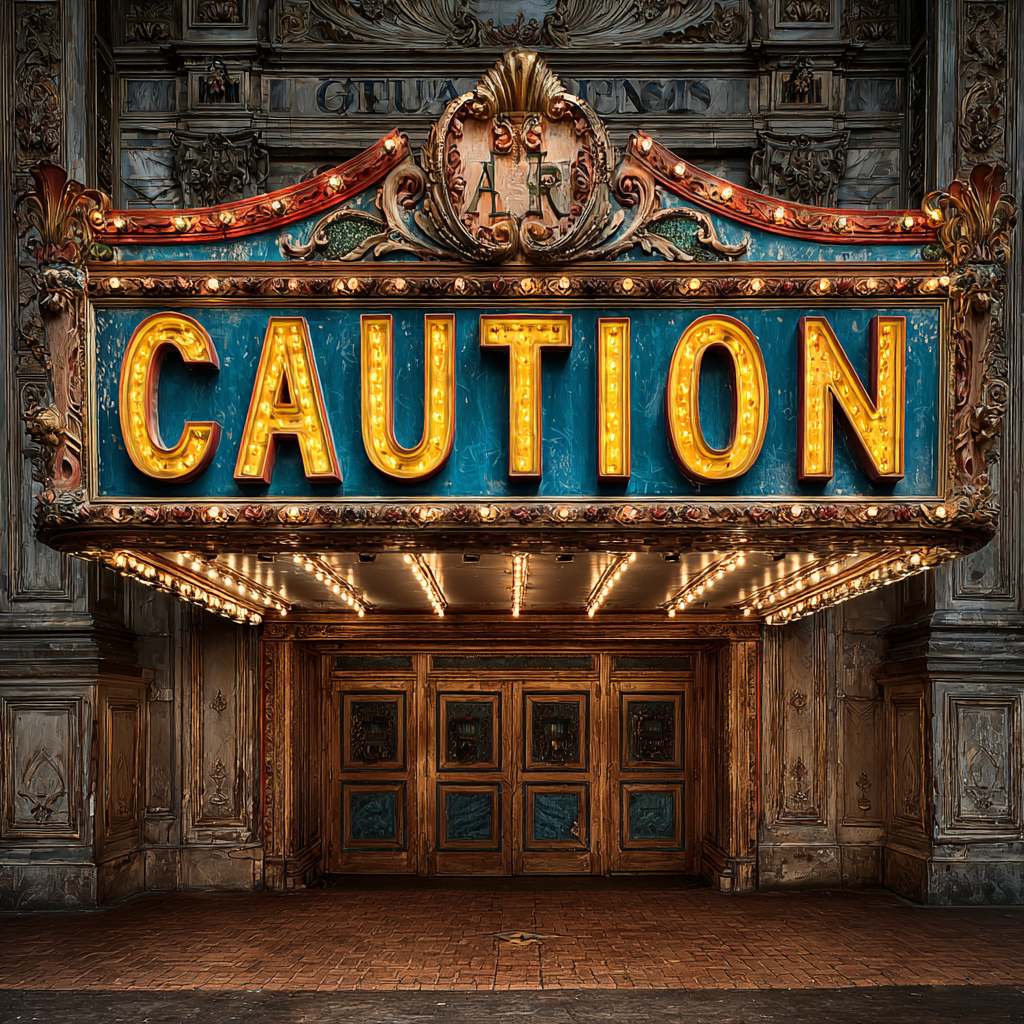As published in Ad Age
In a recent Ad Age post, I heralded a new era for agencies where “quality scale” was new revenue created through the design of trusted user experiences that can be deployed at scale. This level of sophisticated marketing design is beyond the scope of ad tech platforms or management consulting firms with their limited executional, real-world experience; presenting agencies with a potent new growth area.
That vision set the stage so now let’s turn our attention to the practical details which will require, perhaps, challenging almost everything we think we know about how agencies are run today.
Align to clients’ new “trust” value equation
A staggering 60% of top 100 advertisers plan to review their agencies in the next 12 months, clearly reflecting clients’ radically changing expectations of their agencies.
More than ever, brands need their agencies to be experts at creating trusted digital experiences while remaining operational and financially transparent. This complex dance of positioning, creative, data and technology is new terrain agencies must conquer.
Yet this requires highly trained people not easily monetizable via typical agency fee structures. The answer lies in disrupting old fee structures in favor of industry certifications of people, not technology, similar to certified engineers from tech companies. We have the foundation for standardized accreditation with strong leadership from IAB, 4As and ANA, among others. An added benefit of standardization is that the industry can be more transparent and comprehensible in tackling complex disciplines like programmatic, predictive modeling, AI and data.
Re-invent agency structure to excel at the art and science of modern marketing
It’s no surprise that the pendulum is swinging in favor of reintegrating tech, media and creative under one roof so that agencies can focus on contextual user experiences within an agile campaign architecture. Unfortunately, this goal cannot be easily achieved by clinging to the traditional agency structure that was built 30 years ago.
It’s time to rebuild the agency model from the ground up with an emphasis on agility, measurability and efficiency. In this vision, there are three competency areas making up a core team:
- Progress planners. This is where the strategy and campaign planning responsibilities are. Within this is team are account planners; creative and technical campaign planning; experiential designers — translating experiential design into workable campaigns — and social engagement planners.
- Performance planners. This new expertise will plan the performance of all marketing programs with a new set of tools and competencies; media planning (all platforms), campaign proforma modeling, fraud management and customer experiential journey mapping.
- Platform planners. This is where agencies connect the dots between platforms, programs and business results. This team owns predictive modeling, audience data, privacy compliance, transparency and platform auditing. This is also where clients get support with their technology challenges such as data integration.
As campaigns become a seamless integration of online and offline experiences, this new structure allows agencies to operationalize this revenue-rich experiential vision.
Pick a tech “trust” side and own it
Traditionally, agencies were neutral arbiters of tech, refraining from owning or even advocating for specific technologies. But neutrality came at high cost, leaving agencies underpowered in understanding ad tech well enough to protect clients. The opportunity for agencies of all sizes to become guardians of clients’ budgets against fraud and inefficiencies by mastering all the science behind ad tech; programmatic, content syndication, social, etc. By taking the side of transparency, agencies have an opening to reclaim their role as trusted advisors.





